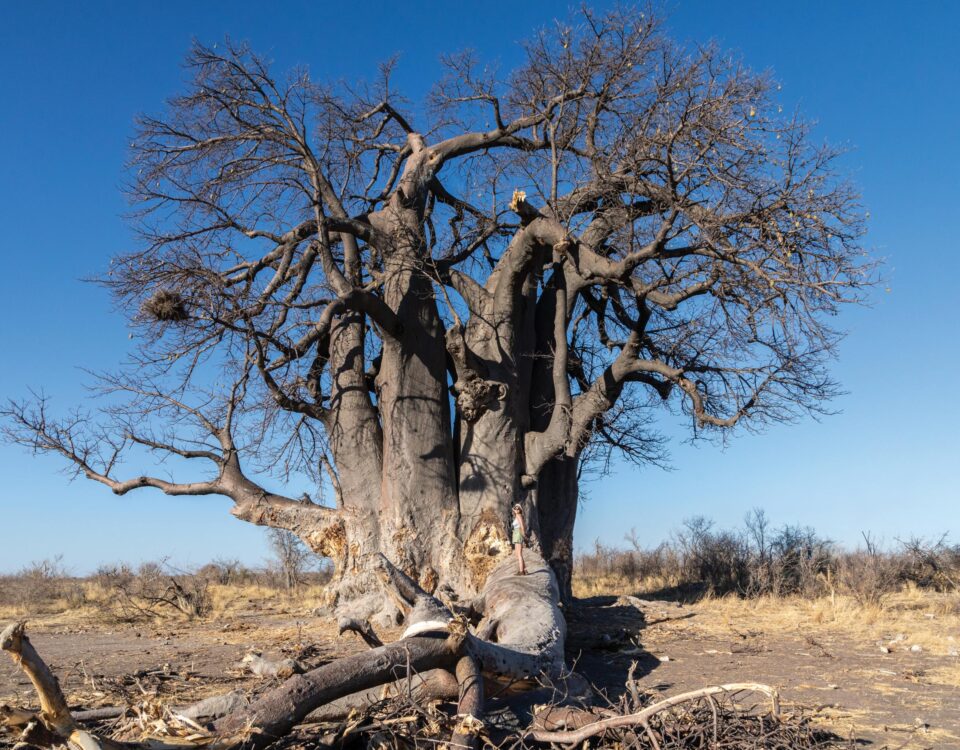The wild horses of the Namib – Living on the edge
July 9, 2012Anthrax in Etosha A persistent plague
July 9, 2012By Conrad Brain
The words ‘conservancy’ and ‘wildlife’ seem to have become almost synonymous. After all, conservancies grew from the recognition that wildlife and other natural resources had disappeared in many areas and that a reversal of this situation would entail a reversal of fortunes for the communities concerned. A specific wildlife focus was adopted for conservancies, because this would provide communities with access to a previously denied resource, and as far as cash conversion goes, wildlife is quick and efficient.
However, the re-introduction of wildlife onto communal land, as noble a task as it is, is a complex matter. This complexity stems from the multiple organisations, structures and diverse logistical arrangements that must pull together to make it a reality. By concerted efforts in the past, certain wildlife re-introduction programmes have come to fruition and achieved great success. A perfect example is the black-rhino custodianship scheme. Perhaps the most recent and varied case study for conservancy wildlife introductions was conducted in 2005. Through this capture and relocation operation, we examine the successes and shortcomings and look at what the near future holds.
The first issue and logical starting point for the re-introduction of wildlife is the donor source. In this case the owner of the farm Ombengu, south of the Etosha National Park, offered various communal conservancies 260 head of game, including eland, kudu, gemsbok, blue wildebeest and common impala. This was a private source of game. There are, of course, many other donor possibilities, including Namibia’s national parks and exchanges between conservancies, both of which have been donor sources in the past for communal re-introduction. With numbers set, plans are then formulated for the capture of this valuable cargo and its subsequent transfer to new ownership and management.
Even at this pre-capture stage, there is already a firm commitment to and belief in the conservancy concept by all concerned. It is a belief that the cause of conservancy development is extremely just. With direct and immediate benefits such as money exchanges rare, it is only with a long-term commitment that today’s efforts will yield something better for all concerned sometime in the future.
Namibia hosts an abundance of expertise in the field of game capture, and in the Ombengu operation, the game capture team of the Ministry of Environment and Tourism was charged with the planning, safe capture and relocation of the proposed animals. However, capture is never a straightforward affair. A long list of approvals, capture-team availability and synchronising schedules is involved. This planning period has a way of stretching out, but it is dependent on one unavoidable final limitation: seasonal change and increasing ambient temperatures. Once the capture programme was determined for Ombengu in early September 2005, the operation was started.
First to be captured were eland. Their destination would be the Ehirovipuka Conservancy. Using a helicopter to herd the animals into a capture boma, thirty-six eland were eventually loaded onto trucks for the journey to the north west. However, the initial off-loading site was not suitable and had to changed at the last minute. The animals arrived safely, but it came at a cost. Five tyres on the transport truck were complete write-offs. Even though the off-loading site was not close to a water point, post-release monitoring indicated that the animals did find water.
Captured next were kudu and gemsbok for the Huab Conservancy. This particular capture operation became a model in the determination of the time-versus-yield factor. Small, fragmented groups of animals located far from the capture boma meant that only small groups could be caught at a time. These small herds were isolated from the air and driven from far away to the boma, which made it a time-consuming exercise. Consensus was reached as to when the balance between yield and time was optimised and eventually 47 kudu and 54 gemsbok were loaded and transported to the Huab Conservancy.
The following two days were devoted to the capture and transport of 26 kudu for the Mayuni Conservancy and 16 blue wildebeest for the Mudumu North Complex in the Caprivi. By the end of the sixth day of capture and transport, 179 animals had been successfully caught, transported and released. The estimated value of the animals caught was N$475 200.
Post-release complications and mortalities were minimal and a total of four conservancies received a valuable wildlife boost to their development. A diverse group of people and organisations had co-operated and co-ordinated their talents and realised another step in the conservancy development programme. Further steps in this regard are well underway with the exciting future prospect of the farm Eden near Grootfontein donating an additional 1 000 animals to the conservancy relocation programme. These animals will include eland, giraffe, kudu, wildebeest, gemsbok and Burchell’s zebra. Other exciting developments include an exchange of wildlife recently in the Nyae-Nyae Conservancy. Here the conservancy received 33 kudu for allowing one of their old buffalo bulls to be hunted.
With innovations such as these and capture operations like the one at Ombengu, Namibia is well on its way to reducing its environmental debt. Capture operations come at a cost, but returns are potentially enormous. Conservancy development is probably one of the most worthwhile conservation programmes in Namibia and the Southern African sub-region as a whole.
This article appeared in the 2006/7 edition of Conservation and the Environment in Namibia.

